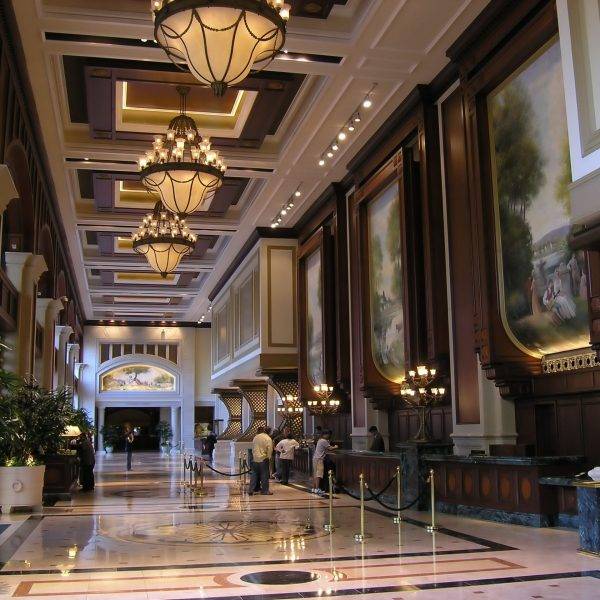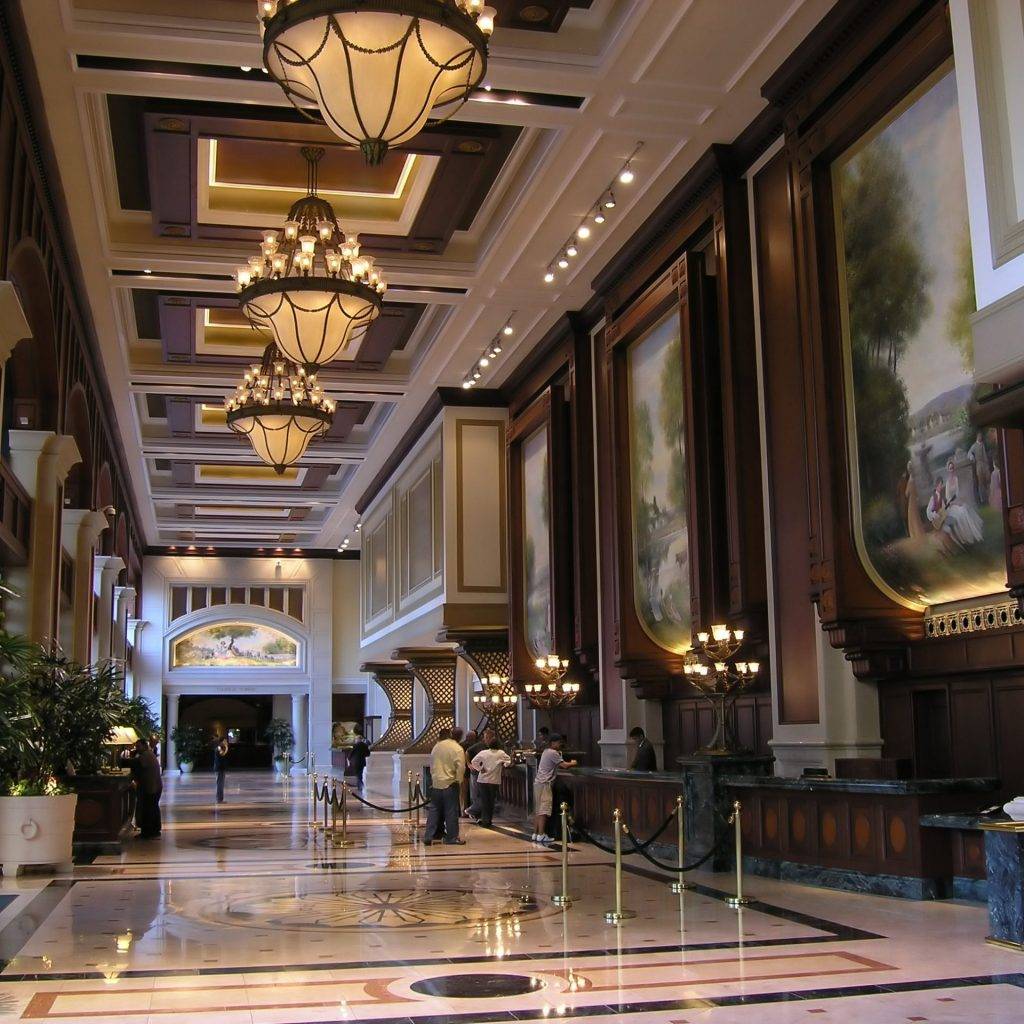
YOUR FUTURE IS SUSTAINABLE
As an ideal “energy-saving center”, the Aski platform has been used particularly frequently in the tourism sector for decades, where it forms an important building block for sustainable and economical energy use.
CASE STUDY – HOTEL INDUSTRY
Sustainability in tourism – this also includes the economical and resource-saving use of energy. The improved image brings competitive advantages and, above all, costs are saved.
As the ideal “energy-saving center”, the Aski system is used particularly frequently in the tourism sector, where it forms an important building block for sustainable and economical energy use. It forms the heart and brain of modern energy supply systems, in which the most important energy information is collected and can be easily evaluated even by non-experts.
This makes it much easier to analyze where investments in energy-saving measures make sense, and above all, it is easy to monitor savings measures and document successes. Keyword energy audit or ISO 50001 certification.
The Aski system has the advantage that load peaks can be optimized at the same time and thus investments in energy management pay off even faster.
Goals and benefits for hotel industry & tourism:
- recognition and analysis of savings potentials
- avoidance of bad investments
- avoidance of grid expansion
- enabling charging infrastructure for electromobility
- integration of battery storage and photovoltaics into the energy supply system
- accompanying control of efficiency measures
- reduction of emissions
CASE STUDY – GASTRONOMY
Kitchens pose a special challenge for load management. Although there are some or even many consumers with sometimes very high connected loads, on the other hand, they are very delicate processes in which only careful intervention is allowed. If the kitchen is only a part of a property, such as in a hotel or hospital, it is even more important that the kitchen performance is balanced and networked with the other parts of the building or plant.
The essential functionality of kitchen optimization is the inclusion of kitchen appliances such as deep fryers, hot plates, combi steamers, induction stoves, etc. in the load management. By exploiting thermal inertia of the appliances through intelligent cycling, in combination with a demand-driven control strategy with prioritization of the appliances without noticeable influence on the operation of the appliances, compliance with the maximum connected load is ensured.
Goals and benefits for the catering industry:
- reduction of power peaks by up to 40%.
- reduction of energy consumption by up to 15%.
- savings in infrastructure (connected load/transformer)
- the operational reliability of the kitchen without noticeable restrictions
